In a new paper Aldana Grichener and I study the morphologies of core collapse supernova remnant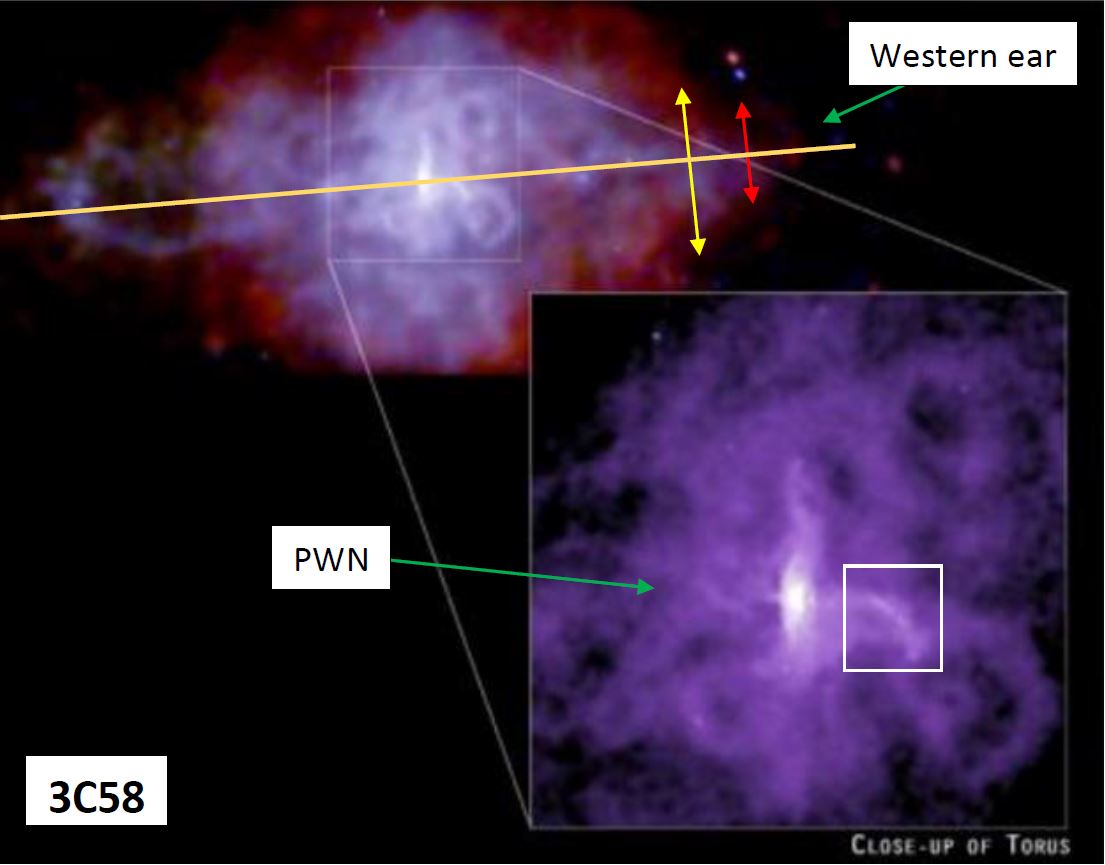 s (CCSNRs) and find that about third of CCSNRs have two opposite `ears’ protruding from their main shell, and that the typical energy that is required to inflate these ears is about 10 percents of the explosion kinetic energy. We argue that these properties are most compatible with the expectation from the explosion jet feedback mechanism (JFM). This study further supports the call for a paradigm shift from neutrino-driven to jet-driven core-collapse supernova mechanisms.
s (CCSNRs) and find that about third of CCSNRs have two opposite `ears’ protruding from their main shell, and that the typical energy that is required to inflate these ears is about 10 percents of the explosion kinetic energy. We argue that these properties are most compatible with the expectation from the explosion jet feedback mechanism (JFM). This study further supports the call for a paradigm shift from neutrino-driven to jet-driven core-collapse supernova mechanisms.
A popular summary of our research is in New Scientist.

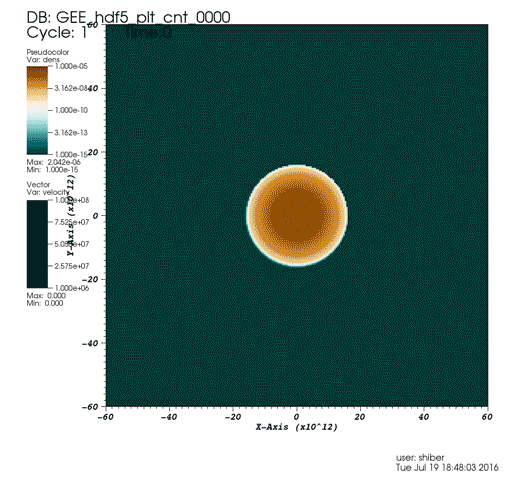
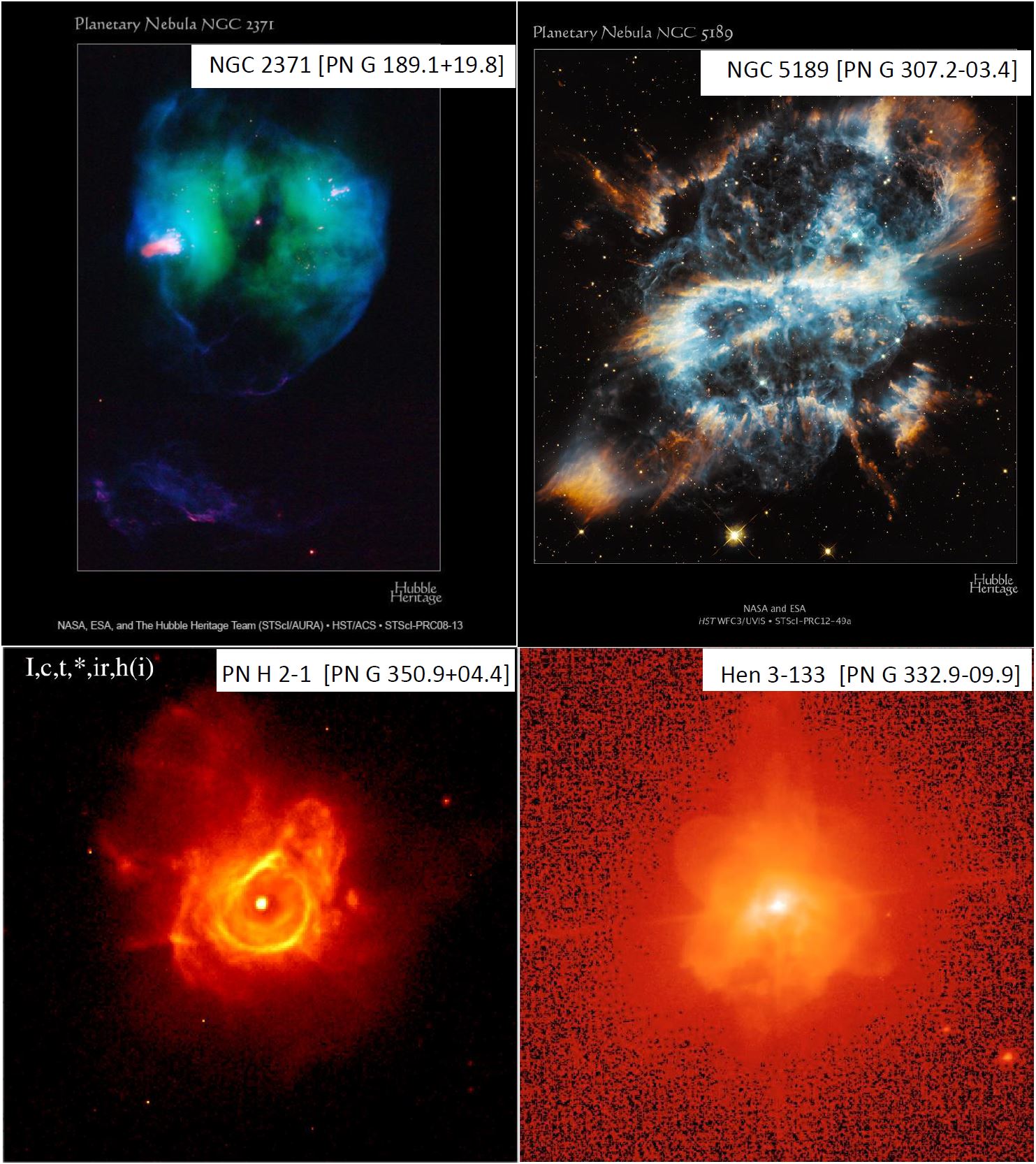
 my,
my, 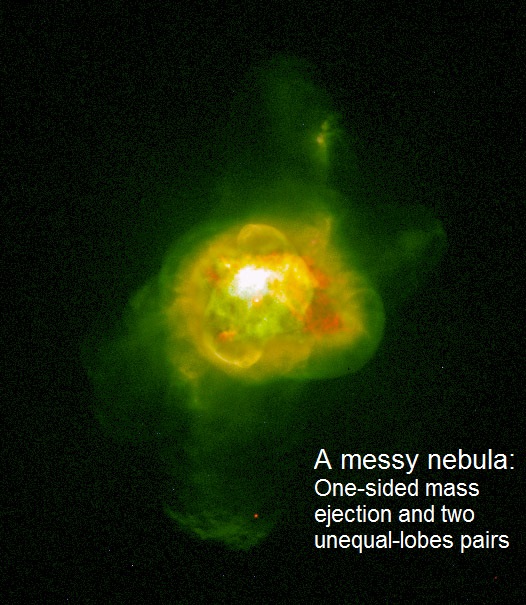 ptotic giant branch (AGB) stars. I estimate that about one in six non-spherical PNe is shaped by one of these triple-stellar evolutionary routes. See
ptotic giant branch (AGB) stars. I estimate that about one in six non-spherical PNe is shaped by one of these triple-stellar evolutionary routes. See 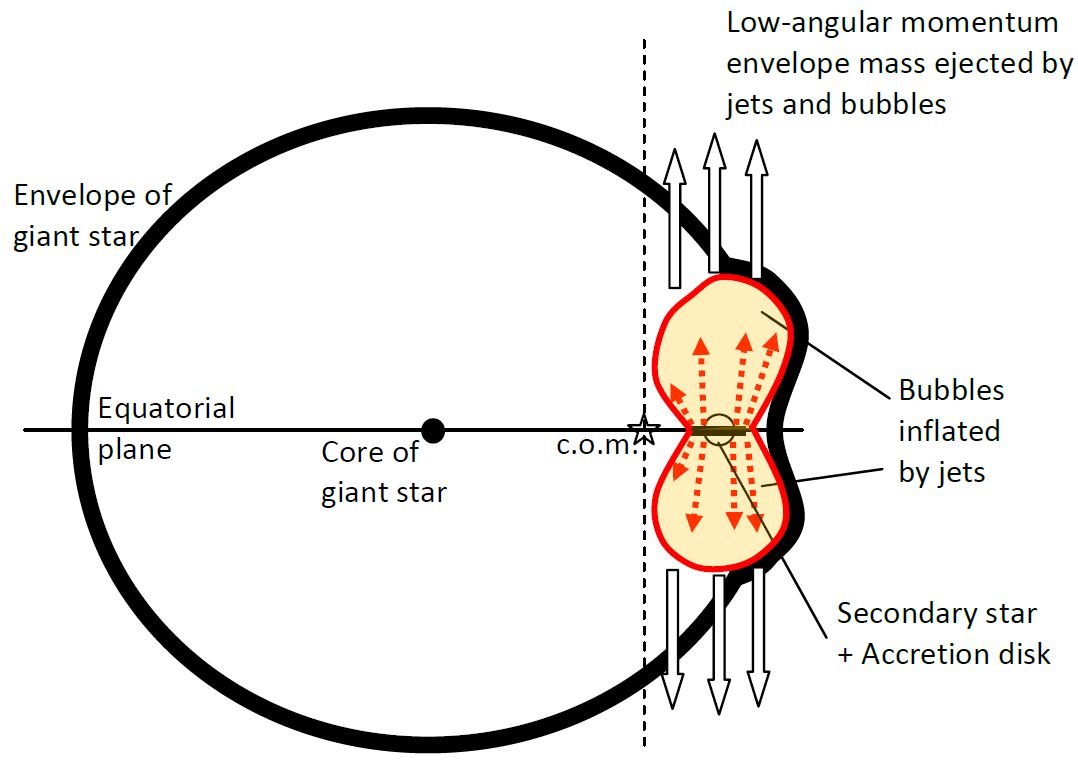 of a large family of astrophysical objects whose activity is regulated by the operation of the negative jet-feedback mechanism (JFM).
of a large family of astrophysical objects whose activity is regulated by the operation of the negative jet-feedback mechanism (JFM).